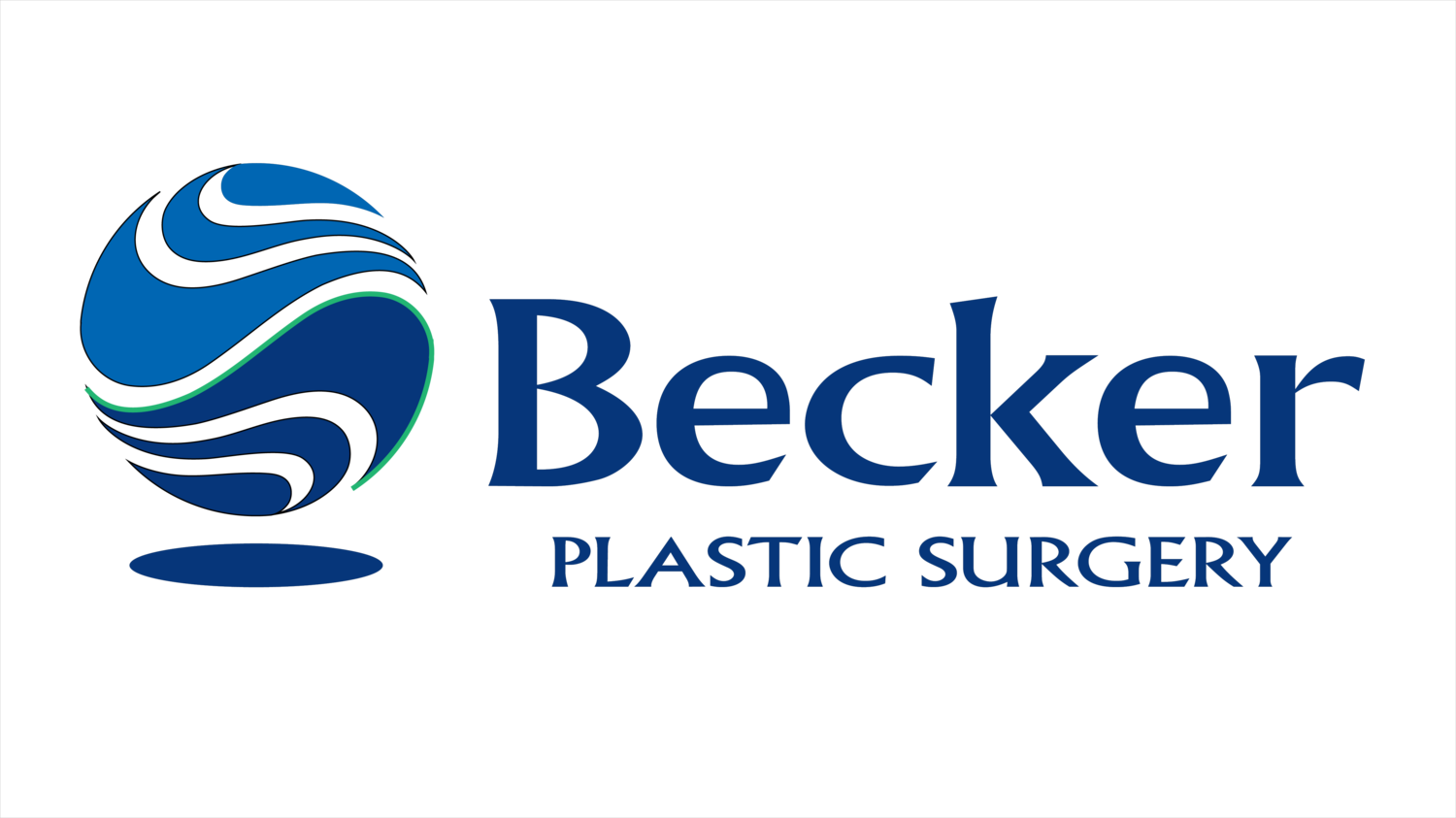Eyelid Surgery (Blepharoplasty) Information
Excess skin and fat on the upper eyelid can create a heavy-looking eyelid, aged appearance, and puffiness, and can sometimes block the upper field of vision. Upper blepharoplasty removes excess skin and fat to help improve the field of vision. In select patients, a forehead lift may also need to be performed to achieve maximum improvement. Lower blepharoplasty can be performed to remove excess skin and improve the contour of the eyelid by adding or removing fat. Sometimes tightening the eyelid is needed to correct sagging.
Qualifications
In general, good candidates for eyelid surgery are:
Healthy and do not have medical conditions that impair healing
Nonsmokers
Individuals with a positive outlook and realistic expectations
Preparations
In preparing for eyelid surgery, you may be asked to:
Get lab testing or a medical evaluation
Take certain medications or adjust your current medications
Stop smoking
Avoid taking aspirin, anti-inflammatory drugs, and herbal supplements because they can increase bleeding and bruising
Arrange for a friend or family member to drive you to and from surgery and to stay with you the first night following surgery
Recovery
During your eyelid surgery recovery, lubricating ointment and cold compresses may be applied, and in some cases your eyes may be loosely covered with gauze following your procedure. Initial healing may include some swelling, bruising, irritation, dry eyes, and discomfort that can be controlled with medication, cold compresses, and ointment. Irritation at the incision sites is also possible.
Although infrequent, the risks and complications of eyelid surgery include:
Scarring
Asymmetry (unevenness between two sides)
Ectropion (out-turning of the eyelid)
Hematoma (localized bleeding outside of blood vessels)
